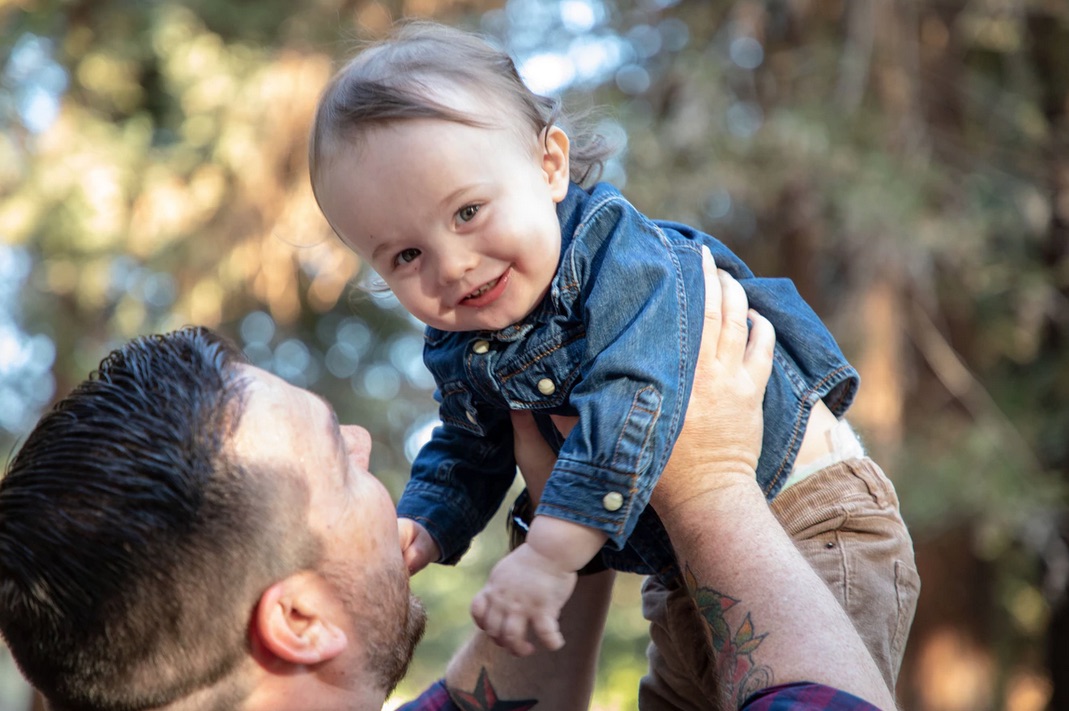
Hidden foster care, or “shadow foster care,” as it’s sometimes called, is not a term we hear everyday. However, hidden foster care is actually one of the biggest legal challenges when it comes to the foster care system in Texas and our country as a whole.
So what is hidden foster care?
Hidden foster care, along with the reason it is given this name, is the shadow foster system that exists apart from the traditional foster care system, where each year thousands of children are taken by Child Protective Services (CPS) and are placed in the care of relatives or close family friends of the parent.
What makes hidden foster care a shadow system is that when the children are moved with relatives or family friends, it is done so without a court case, due process, and monetary support – unlike the traditional foster care system processing. Consequently, this creates many challenges for the families put in this position, leading to confusion in regards to custody rights, as well as a lack of financial support to properly care for the child.
What else is known about hidden foster care?
Believe it or not, these informal foster arrangements are initiated just about as often as traditional foster care arrangements. By that standard, that would mean about half of all foster care arrangements are what would be considered “hidden.”
So why is it that so many children are informally placed? The main reason – foster care is expensive. When children are able to be placed with parents who are induced to take voluntary custody of the child, this is essentially saving money that would otherwise go toward child welfare programs.
In an article by The Appeal titled, Hidden Foster Care: All Of The Responsibility, None Of The Resources, the author states that, “kinship placements are poorly compensated by the state compared to nonrelative foster homes. Currently in Texas, kinship caregivers are entitled to $11.55 a day per child, or about $345 a month—less than half of what a licensed nonrelative foster parent would bring in for each child designated at a “basic” level of care. That assistance lasts up to a year.”
By these numbers, it is clear that family members and friends that are induced to take voluntarily custody of a child are not properly supported financially.
The author goes on to suggest that “Before 2017, when the Texas Legislature passed the bill to pay caregivers monthly, kinship families in Texas were only entitled to a one-time $1,000 stipend, plus $500 each year. In a state where 75 percent of maltreatment findings are for neglect—which is often poverty-related—instead of abuse, family members who take in children are also often struggling in poverty. And even that kinship rate is reserved for caregivers of children in the formal foster care system who meet all of the requirements; for those that took on children without CPS initiating a case, they receive nothing.”
Hitting close to home
Even in our home market of San Antonio, this is and has become a bigger problem. Why? Because many children live with relatives in San Antonio – many by means of CPS intervention.
In the earlier referenced article, The Appeal interviewed Judge Peter Sakai who has presided over child welfare cases in Bexar County for quite some time. The article states that “he often saw cases in his court where placements had broken down after long stretches of time where families were subject to these informal agreements.”
Safety plan
As a result of these informal agreements, what ended up happening is that the court started to receive “safety plans” which are essentially informal removals by CPS. What makes them informal is that they are not legally binding, nor are they filed with the court.
The problem with safety plans is that they are not like custody orders, which give guardians the ability place the child on insurance or enroll them in a new school. No, rather safety plans give CPS leverage in the form or a string tied to the end of the family watching over the child to basically have the ability to remove the child should the family ever violate it.
Enter the family preservation docket
As an alternative to the original idea of adding a second judge to oversee these types of cases when child welfare cases began steadily rising in Bexar County, Barbara Schafer, Sakai’s court administrator, had another idea. The idea was a separate “family preservation” docket.
The way it works is that court appointed attorneys received a flat fee to file custody orders on behalf of the family or relatives watching over the child. According to the article, around 300 cases have been finalized affecting 400 children since 2015.
The benefit here for families raising a child who receive the custody order is that they are then able to have access to federally funded services such as Medicaid or Temporary Assistance for Needy Families. And while they do not receive a monthly stipend that offers monetary support for the child, it does take CPS out of the picture more so, limiting the involvement of the child welfare system.
The Takeaway
Hidden foster care is a challenge facing many families and children involved all across our state and nation. While there have been some measures put in place to help provide aid to families placed in the position of voluntary custody, there is a way to go as these families still need a means to gain access to monetary support and resources to raise children that CPS has placed in their care.
If you or someone you know is in this position, we encourage you to contact us. We are here for you and can help you better determine options that may be available to you or someone you know.










